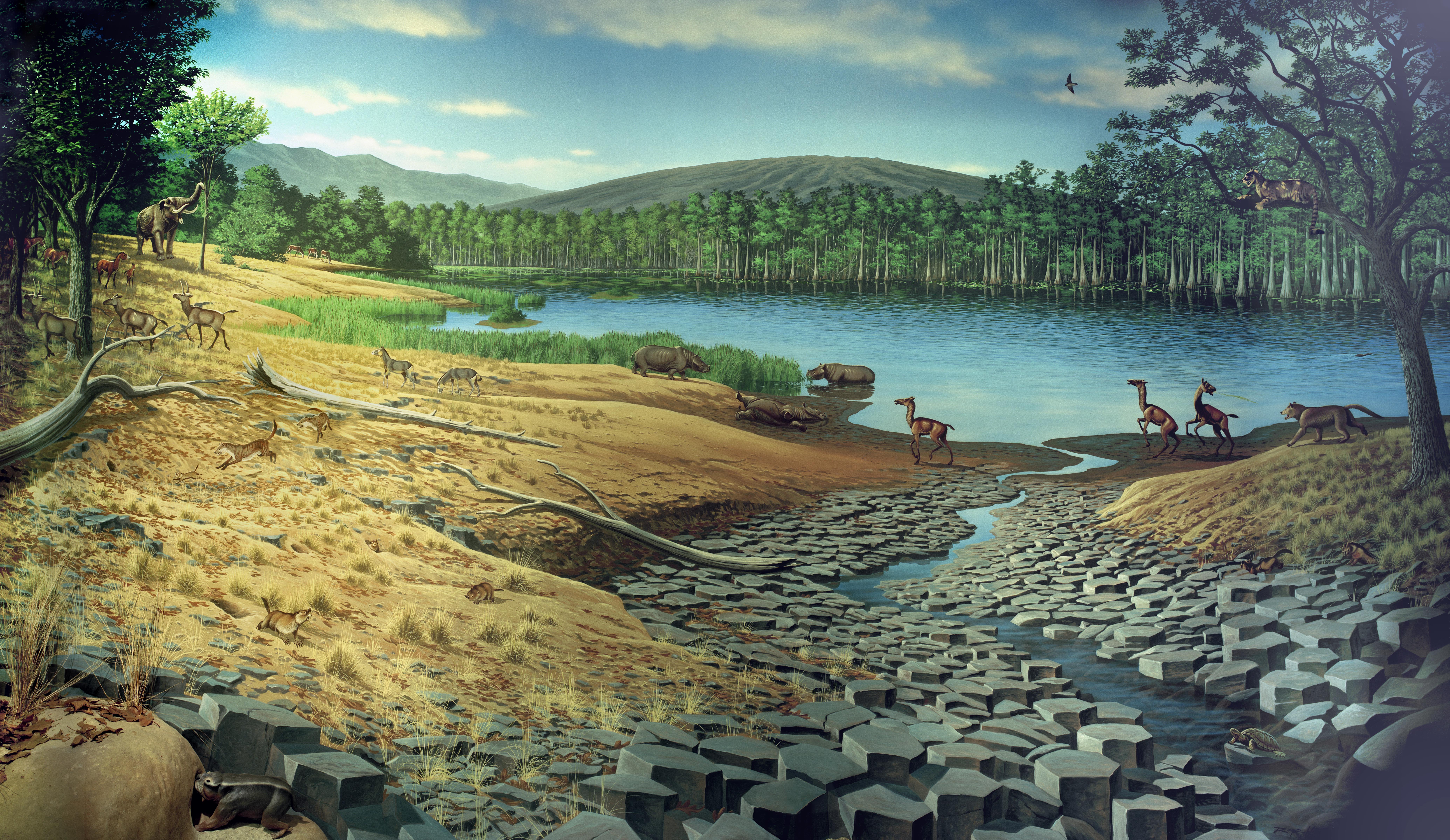|
Sivaelurus
''Sivaelurus'' is an extinct genus of felid. The type and only species, ''S. chinjiensis'', was described based on a fragmentary fossil found in Asia. It was originally described as ''Pseudaelurus chinjiensis'' in 1910, but was reassigned to a new genus in 1915. A 2020 study of newfound material from the region suggested that the species ''Miopanthera ''Miopanthera'' is an extinct genus of ''Pseudaelurus''-grade felids. Taxonomy The genus ''Miopanthera'' was first proposed in 1938 by Kretzoi for the species ''Pseudaelurus lorteti''. ''P. lorteti'' had previously been described as such in 1899 ... lorteti'' be reassigned to this genus; it also described fragmentary material referable to ''Sivaelurus'' sp. References Prehistoric felids Fossil taxa described in 1915 Prehistoric carnivoran genera {{paleo-carnivora-stub ... [...More Info...] [...Related Items...] OR: [Wikipedia] [Google] [Baidu] |
Felidae
Felidae () is the family of mammals in the order Carnivora colloquially referred to as cats, and constitutes a clade. A member of this family is also called a felid (). The term "cat" refers both to felids in general and specifically to the domestic cat (''Felis catus''). Felidae species exhibit the most diverse fur pattern of all terrestrial carnivores. Cats have retractile claws, slender muscular bodies and strong flexible forelimbs. Their teeth and facial muscles allow for a powerful bite. They are all obligate carnivores, and most are solitary predators ambushing or stalking their prey. Wild cats occur in Africa, Europe, Asia and the Americas. Some wild cat species are adapted to forest habitats, some to arid environments, and a few also to wetlands and mountainous terrain. Their activity patterns range from nocturnal and crepuscular to diurnal, depending on their preferred prey species. Reginald Innes Pocock divided the extant Felidae into three subfamilies: the P ... [...More Info...] [...Related Items...] OR: [Wikipedia] [Google] [Baidu] |
Pseudaelurus
''Pseudaelurus'' is a prehistoric cat that lived in Europe, Asia and North America in the Miocene between approximately twenty and eight million years ago. It is considered to be a paraphyletic grade ancestral to living felines and pantherines as well as the extinct machairodonts (saber-tooths), and is a successor to ''Proailurus''. It originated from Eurasia and was the first cat to reach North America, when it entered the continent at about 18.5 Ma ending a 'cat-gap' of 7 million years. The slender proportions of the animal, together with its short, viverrid-like legs, suggest that it may have been an agile climber of trees. Species and distribution ''Pseudaelurus quadridentatus'' weighed about and was approximately the size of a cougar. ''Pseudaelurus guangheensis'' from the middle Miocene of Gansu (China) and ''Pseudaelurus cuspidatus'' from the middle Miocene of Xinjiang (China) are reported. Taxonomy and phylogeny Traditionally all the ''Pseudaelurus''-grade ... [...More Info...] [...Related Items...] OR: [Wikipedia] [Google] [Baidu] |
Miopanthera
''Miopanthera'' is an extinct genus of ''Pseudaelurus''-grade felids. Taxonomy The genus ''Miopanthera'' was first proposed in 1938 by Kretzoi for the species ''Pseudaelurus lorteti''. ''P. lorteti'' had previously been described as such in 1899, upon the discovery of fossils in Europe. However, Kretzoi's proposal was largely ignored by later authors. A 2010 review of the Felidae proposed splitting the genus ''Pseudaelurus'' in three, and suggested assigning ''P. lorteti'' to the genus ''Styriofelis'' alongside ''P. turnauensis''. Another species, ''Felis pamiri'', was described in 1965 based on a snout fragment found in Turkey. The locality at which it was found was estimated to be from the late Miocene, about 9.9 Ma. After its original description, no further material was assigned to the species. In 2017, a review of the species ''Felis pamiri'' concluded that it was likely closely related to ''S. lorteti'', and reassigned both species to the genus ''Miopanthera''. The paper a ... [...More Info...] [...Related Items...] OR: [Wikipedia] [Google] [Baidu] |
Prehistoric Felids
Prehistory, also known as pre-literary history, is the period of human history between the use of the first stone tools by hominins 3.3 million years ago and the beginning of recorded history with the invention of writing systems. The use of symbols, marks, and images appears very early among humans, but the earliest known writing systems appeared 5000 years ago. It took thousands of years for writing systems to be widely adopted, with writing spreading to almost all cultures by the 19th century. The end of prehistory therefore came at very different times in different places, and the term is less often used in discussing societies where prehistory ended relatively recently. In the early Bronze Age, Sumer in Mesopotamia, the Indus Valley Civilisation, and ancient Egypt were the first civilizations to develop their own scripts and to keep historical records, with their neighbors following. Most other civilizations reached the end of prehistory during the following Iron Age. ... [...More Info...] [...Related Items...] OR: [Wikipedia] [Google] [Baidu] |
Fossil Taxa Described In 1915
A fossil (from Classical Latin , ) is any preserved remains, impression, or trace of any once-living thing from a past geological age. Examples include bones, shells, exoskeletons, stone imprints of animals or microbes, objects preserved in amber, hair, petrified wood and DNA remnants. The totality of fossils is known as the ''fossil record''. Paleontology is the study of fossils: their age, method of formation, and evolutionary significance. Specimens are usually considered to be fossils if they are over 10,000 years old. The oldest fossils are around 3.48 billion years old to 4.1 billion years old. Early edition, published online before print. The observation in the 19th century that certain fossils were associated with certain rock strata led to the recognition of a geological timescale and the relative ages of different fossils. The development of radiometric dating techniques in the early 20th century allowed scientists to quantitatively measure the absolute ... [...More Info...] [...Related Items...] OR: [Wikipedia] [Google] [Baidu] |


